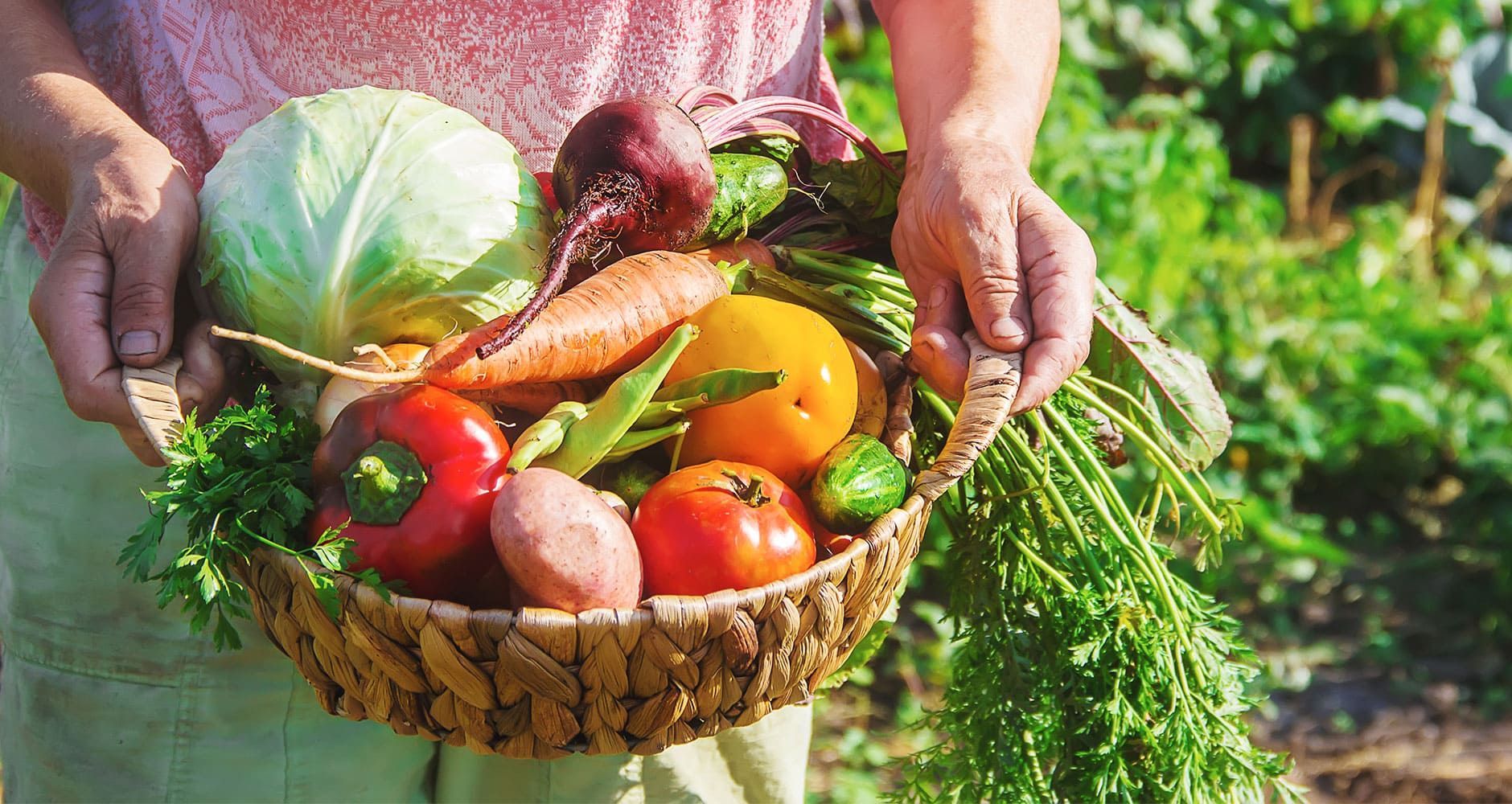How to Harvest and Store Garden Vegetables: Step-by-Step

Gardening is more than just a hobby; it's a rewarding journey that culminates in the joy of harvesting your own fresh, homegrown vegetables. But what happens after the harvest? Proper storage is crucial to maintaining the freshness and nutritional value of your garden produce. Let's dive into the step-by-step process of harvesting and storing garden vegetables, ensuring you can enjoy your hard work for as long as possible.
Understanding Vegetable Harvesting
Harvesting vegetables at the right time is key to maximizing their flavor and nutritional content. Each vegetable has its own optimal harvesting period, so it's essential to know when to pick them. For example, tomatoes should be harvested when they are fully ripe and have a deep, rich color. On the other hand, leafy greens like spinach and lettuce can be harvested continuously as they grow.
When to Harvest
Timing is everything when it comes to vegetable harvesting. Most vegetables are best harvested in the morning, when they are at their freshest and most hydrated. This is especially true for leafy greens and herbs. Root vegetables, like carrots and beets, can be harvested at any time of the day, but it's best to do so when the soil is moist to prevent damage.
Tools for Harvesting
Having the right tools can make harvesting a breeze. Essential tools include:
- Garden Gloves: Protect your hands from thorns and rough surfaces.
- Pruning Shears: Ideal for cutting stems and branches.
- Garden Fork: Useful for digging up root vegetables.
- Baskets or Buckets: For collecting your harvest.
Step-by-Step Guide to Harvesting Vegetables
Leafy Greens
Leafy greens like spinach, lettuce, and kale can be harvested continuously. Simply cut the outer leaves, allowing the inner leaves to continue growing. This method ensures a steady supply of fresh greens throughout the growing season.
Root Vegetables
Root vegetables like carrots, beets, and potatoes should be harvested when they reach their mature size. Use a garden fork to gently loosen the soil around the plant, then pull the vegetable out carefully to avoid damaging it.
Fruiting Vegetables
Fruiting vegetables like tomatoes, peppers, and cucumbers should be harvested when they are fully ripe. For tomatoes, this means waiting until they are fully colored and slightly soft. Peppers can be harvested at any stage, but they are sweetest when fully ripe.

Storing Vegetables: Tips and Techniques
Proper storage is crucial for maintaining the freshness and nutritional value of your garden produce. Different vegetables have different storage requirements, so it's important to know what works best for each type.
Short-Term Storage
For short-term storage, most vegetables can be kept in the refrigerator. Leafy greens, for example, should be stored in a plastic bag with a damp paper towel to maintain moisture. Root vegetables can be stored in the crisper drawer, while fruiting vegetables like tomatoes should be kept at room temperature.
Long-Term Storage
For long-term storage, consider methods like canning, freezing, or dehydrating. Canning involves sealing vegetables in jars and heating them to kill bacteria. Freezing is a simple method that preserves the flavor and nutrients of your vegetables. Dehydrating removes the moisture from vegetables, making them shelf-stable for extended periods.
Storage Tips for Specific Vegetables
- Tomatoes: Store at room temperature, away from direct sunlight.
- Carrots: Store in the refrigerator in a plastic bag with a damp paper towel.
- Lettuce: Store in the refrigerator in a plastic bag with a damp paper towel.
- Potatoes: Store in a cool, dark place, such as a basement or pantry.
- Onions: Store in a cool, dry place with good air circulation.
Maintaining Vegetable Freshness
Maintaining the freshness of your homegrown vegetables is essential for enjoying their full flavor and nutritional benefits. Here are some tips to keep your vegetables fresh:
- Avoid Overcrowding: Don't store too many vegetables together, as this can cause them to spoil faster.
- Check for Spoilage: Regularly check your vegetables for signs of spoilage and remove any that are starting to go bad.
- Use Proper Containers: Use airtight containers or plastic bags to store vegetables in the refrigerator.
/harvested-vegetables--gardening-gloves-and-hand-cultivator-garden-576798993-5b419bba46e0fb00374ee206.jpg)
Conclusion
Harvesting and storing garden vegetables is a rewarding process that allows you to enjoy the fruits of your labor for months to come. By understanding the optimal harvesting times and proper storage techniques, you can maintain the freshness and nutritional value of your homegrown vegetables. Whether you're a seasoned gardener or just starting out, these tips and techniques will help you make the most of your garden produce.
FAQs
When is the best time to harvest vegetables?
- The best time to harvest vegetables depends on the type of vegetable. Most leafy greens and herbs are best harvested in the morning, while root vegetables can be harvested at any time of the day.
How do I store leafy greens?
- Leafy greens should be stored in the refrigerator in a plastic bag with a damp paper towel to maintain moisture.
Can I freeze vegetables?
- Yes, freezing is an excellent method for long-term storage of vegetables. Simply blanch the vegetables, cool them, and then freeze them in airtight containers or freezer bags.
How do I know when to harvest root vegetables?
- Root vegetables should be harvested when they reach their mature size. Use a garden fork to gently loosen the soil around the plant, then pull the vegetable out carefully to avoid damaging it.
What is the best way to store tomatoes?
- Tomatoes should be stored at room temperature, away from direct sunlight. Avoid storing them in the refrigerator, as this can affect their flavor and texture.
By following these guidelines, you can ensure that your garden vegetables remain fresh and delicious, allowing you to enjoy the fruits of your labor for as long as possible. Happy gardening!
0 Response to "How to Harvest and Store Garden Vegetables: Step-by-Step"
Post a Comment